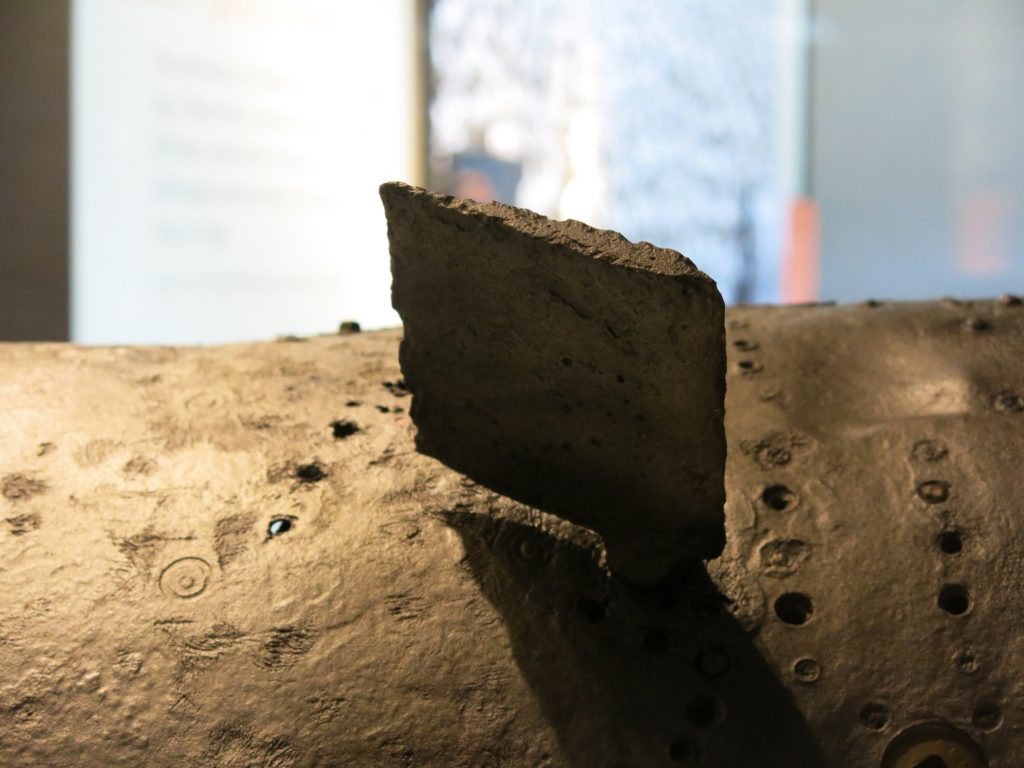If you look at the official list the Nagumo followed for attack priorities (as established in Annex 3 of Operation Order No. 1, issued on 1 November 1941 (as cited in H.P. Willmott’s Pearl Harbor, p. 64), it is not hard to see where the Third Wave would go: remaining battleships still afloat, and cruisers or other large ships of opportunity in the harbor.
- Land-based airpower
- Aircraft carrier
- Battleships
- Cruisers and other warships
- Merchant shipping
- Port facilities
- Land installations
WRT this list. The Japanese BDA considered that land based airpower had been hit fairly hard, but Nagumo's HQ via (I think) radio intercepts had determined that many US bombers remained. The carriers (2) were absent. The battleships (3) had been heavily knocked about. (4) and (5) were still plentiful targets, but the IJN dive bomber units were recovering on the afternoon of the 7th. AA was rated as heavy during the 2nd wave over the harbor My guess on a 3rd wave would be something like this -
5th Division (dive) - airfields
1st and 2nd division (dive) - airfields, or many might not even participate due to repairing damage.
1st and 2nd (level bombers x 50) - battleships
1st and 2nd (level bombers x about 30) - port facilities
5th Division (level) - port facilities
